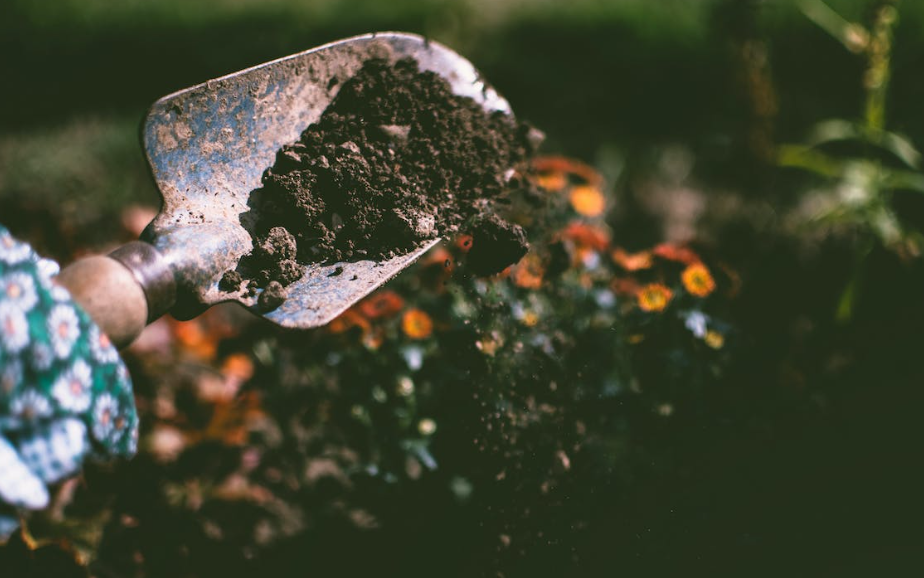
Sustainable land use for food systems aims to create soil with high levels of organic matter and water-holding capacity. Soil stabilization is one strategy for approaching sustainable practices, especially for farmers with infertile or erodible lands. It is also an important component of a habitat restoration strategy. When soil is polluted, it may have to be removed, which can add nutrients to water and degrade farmland. Soil can also be over-cultivated, creating an immense amount of waste or land that is too infertile or cannot support plants without water. Stabilization strategies can prevent these issues and provide high yields. Here are 5 soil stabilization resources:
1. Lime
Lime is a good soil amendment because it neutralizes the acids in the soil and increases the pH level. This can help to stabilize clay soils that lack water, and it also helps to retain phosphorus and nitrogen. Liming reduces reliance on fertilizers, an issue for farmers without access to unlimited nutrients. Liming also reduces the acidification of surface waters and groundwater, which helps protect streams and lakes. Soil stabilization needs to happen in the autumn or early spring, when the soil is cool and moist.
The most important considerations when using lime are applying enough and timing its application properly. Too much lime can harm soil and plants, so you want to ensure that a soil test indicates that the soil needs lime and that there is a proper application rate.
2. Mulches
Mulches are excellent for keeping weeds down and speeding up the decomposition process. This eliminates weeding costs and improves the ability of the land to handle heavy rains or extreme heat, which can cause large amounts of erosion. Mulching also preserves organic waste so organisms can use it in the soil. This can be useful for farmers with limited resources.
Mulches can also be used on top of the soil to reduce weeds and keep them from spreading. Many types of mulches are available, including hay, straw, paper bags, and wood chips. Woodchips are worth looking into because they can be left in place long without being removed before decomposition is complete.
3. Compost
Composting is a great way for farmers to use organic waste without adding too much extra weight to soil with nutrients that need to be returned to the environment. In addition to adding nutrients and organic material, composting speeds up the decomposition process and keeps the soil loose and airy. Composting also lowers the amount of nitrates in the land, which is important for avoiding fertilizer runoff.
Because composting uses a lot of heat, some things should not be added. These include manure from animals with ringworm or foot-and-mouth disease. Compost also needs to be monitored so that it does not heat up too much.
4. Cover Crops
Cover crops are excellent for creating soil rich in organic matter and improving soil structure. These crops can also benefit farmers during the other parts of their growing cycle, such as creating shade for other crops or providing windbreaks to prevent soil erosion during storms.
Cover crops, especially legumes, can help to fix nitrogen in the soil and improve productivity by decreasing the need for additional fertilizers. Taking care of cover crops also reduces the number of weeds in the field, which can hinder crop growth.
5. Biochar
Biochar is an excellent soil amendment because it increases the amount of carbon held in soils and improves their structure. This is important for stabilizing soil and making it more water-holding so that it can hold more water during the growing and wet seasons. Biochar also prevents the erosion of soil while retaining nutrients. This can reduce the amount of fertilizer needed in the long term.
To make biochar and use it as an amendment, you will need to have a kiln or device reaching high temperatures (approximately 1,000 °F). Companies can create some made-to-order biochar materials. Some of these may be suitable for farming.
There are many ways to maintain a farm’s soil and ensure that the field does not become overworked or too degraded. These resources can stabilize soils and make them more fertile for crops. They can also help to preserve nutrients so that they do not end up in rivers and lakes or have to be removed from the land for fertilizers.

